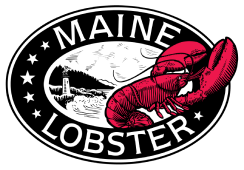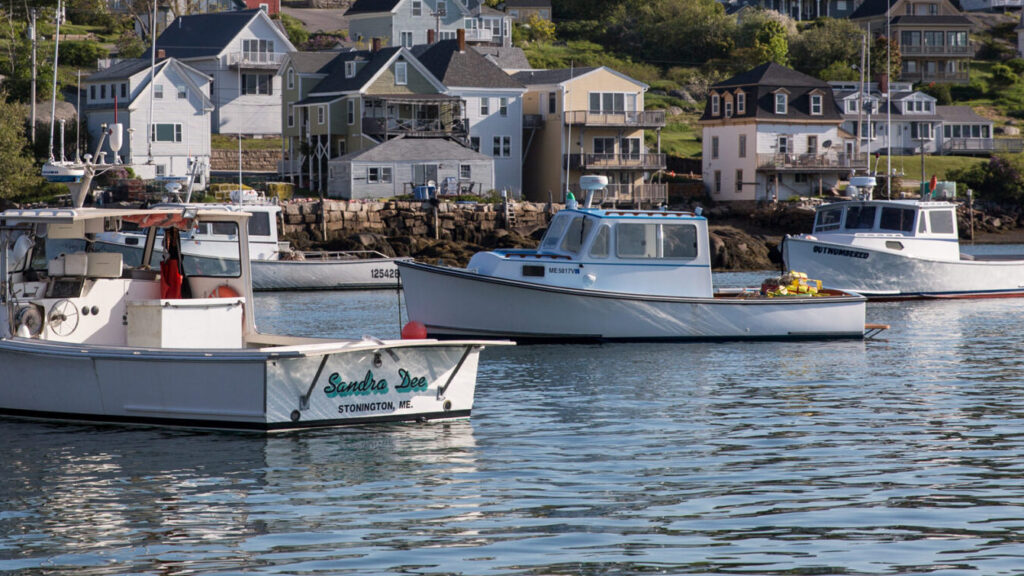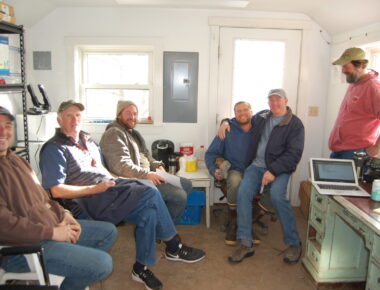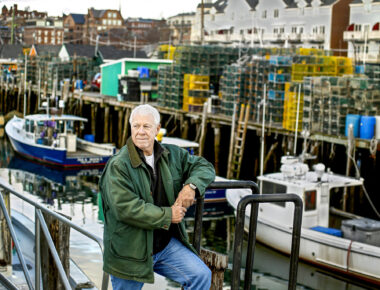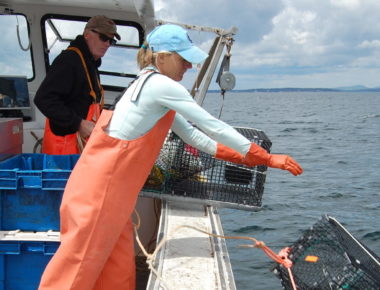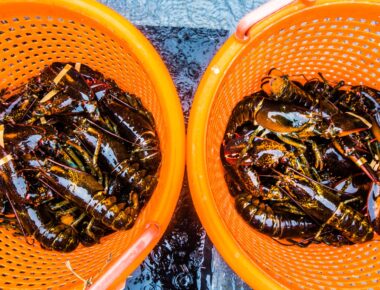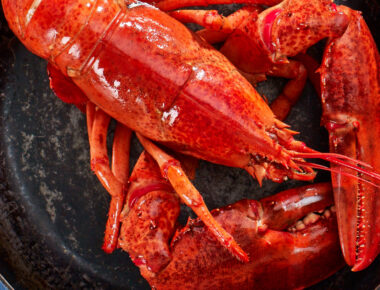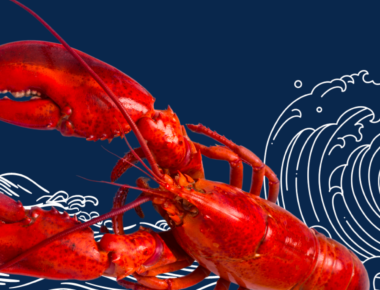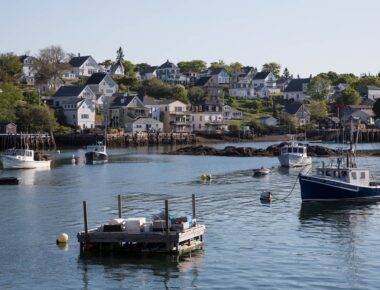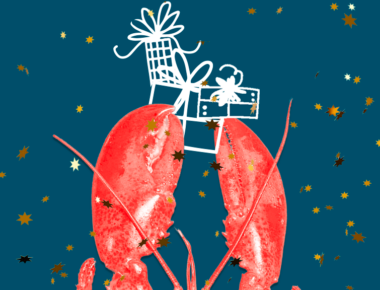Maine’s coastlines are picturesque. Cold clear waters surround Maine’s harbors and offer a nurturing refuge to an assortment of sea life – ranging from fish to crustaceans to mammals. The setting is serene and magical – and Mainers have worked hard to keep it that way.
Long before sustainability became a corporate buzzword, the Maine Lobster industry already had an innate focus on preserving their way of life, the lobster resource and the ocean environment. From trap to table, their lobstering practices are a collaborative effort between the government and the private sector to ensure Maine’s coastlines and marine life stay protected.
The Maine Lobster community harvests their lobsters the same careful way they have for over 100 years – by hand, one trap at a time – to protect the quality of the lobster and the marine environment. Some rules and regulations that help ensure the health of the lobster resource include:
- Tail Notching: Female lobsters with visible eggs cannot be harvested. Before releasing her, the harvester notches her tail to identify her as a good breeder, thus protecting her for life from being harvested.
- Minimum Size Limit: Minimum 3 1/4″ carapace measurements allow juvenile lobsters the chance to mature and reproduce before they can be harvested.
- Maximum Size Limit: Maximum 5″ carapace measurements protect the large, healthy breeding stock.
- Apprentice Program: New harvesters must apprentice with veterans to learn the regulated, sustainable practices.
- Trap Limits: The total number of traps per harvester is limited by both the state and the individual lobster zones.
- Harvest Method: Harvesting in Maine is by trap only — no dragging or diving is allowed. Traps include escape vents for undersized lobsters as well as biodegradable escape hatches to free lobsters in the event that a trap is lost.
- Lobster Seed Fund: Supported by license fees, the Fund purchases females that extrude their eggs after being harvested. This unique buy-back program helps to ensure that the good breeding stock is returned to the ocean to reproduce.
Additionally, the Maine Lobster community has strived to stay at the forefront of conservation innovations, advocating and adding new regulations as the need for them becomes apparent. The community was vocal in their opposition of legislation that would allow dragging the ocean floor for lobsters, a practice that would surely ruin Maine’s marine environments.
Learn more about the Maine Lobster industry’s conservation practices.
